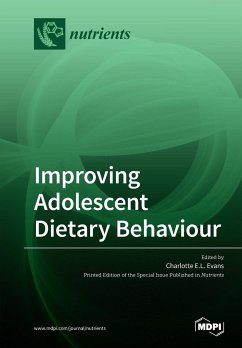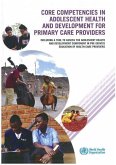Adolescents in many countries consume poor quality diets that include high intakes of sugary drinks and fast food and low intakes of vegetables. The aims of this Special Issue on adolescent dietary behavior were to identify methods and approaches for successful interventions to improve diet quality in this age group and identify at-risk subgroups that need particular attention. In total, 11 manuscripts were published in this Special Issue: three qualitative studies that included a systematic review, five cross-sectional studies, and three quantitative evaluations of interventions. This Special Issue discusses the contribution of the studies and provides suggestions to improve the success of future interventions in adolescents. It is important that adolescents are involved in the design of interventions to improve social and cultural acceptability and relevance. Interventions targeting schools or communities framed within a larger food system, such as issues around climate change and the carbon footprint of food, may improve engagement. Targeting adolescents in areas of deprivation is a priority where diet quality is particularly poor. Potentially successful interventions also include environmental policies that impact the cost and marketing of food and drinks, although evaluations of these were not included in this Special Issue.








